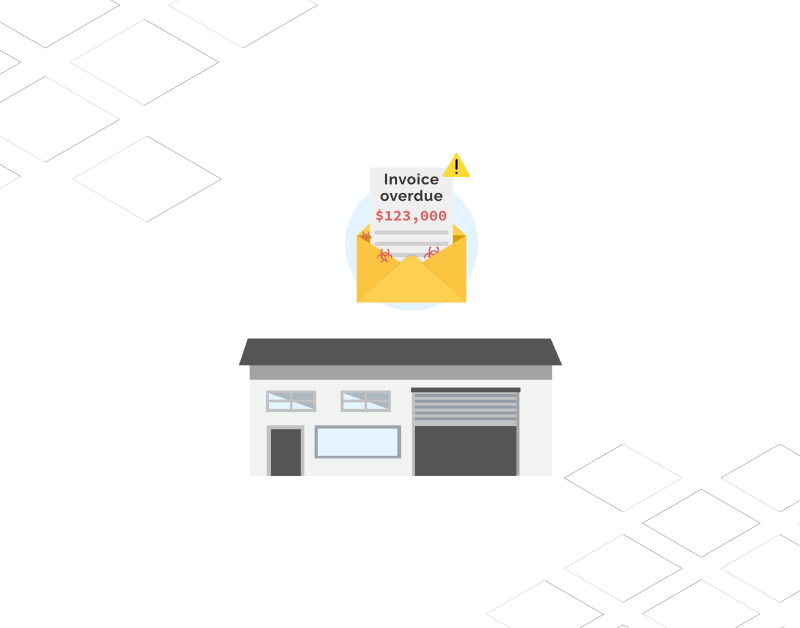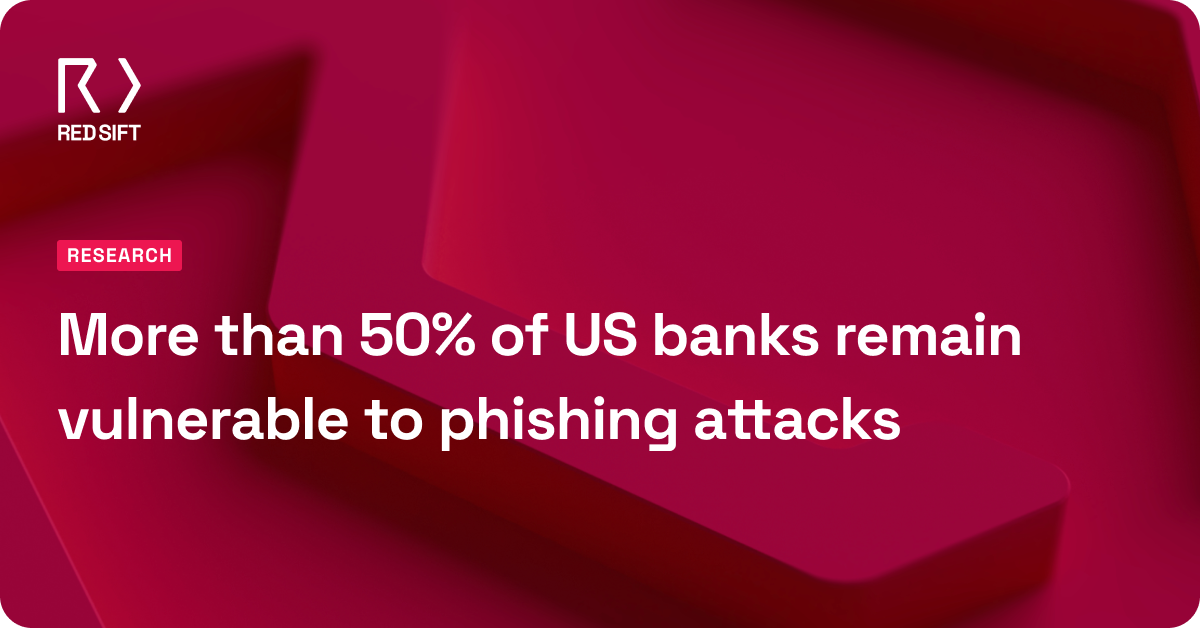There’s no question that the internet brings a whole host of benefits to businesses in the modern day. But as with most things, it has its downsides too. The larger the digital footprint a brand has, the larger an attack surface it has for brand abuse.
Here are 3 ways that your organization may be open to online brand abuse right now.
1. Email impersonation
Bad actors can easily claim to be your organization over email. Some attacks may involve sending emails from domains that appear similar to your organization’s, for example, someone may attempt to impersonate Walmart by sending an email from walmartcustomerservice@gmail.com or customerservice@wal-mart.com. However, even more sophisticated attacks may impersonate an organization’s exact domain, meaning these malicious emails are near-impossible to identify as fakes.
If you don’t have DMARC configured correctly, attackers can exactly impersonate your exact domain. This allows them to send emails from addresses that appear indistinguishable from your own.
If attackers can pass themselves off as you, they can conduct phishing attacks, Business Email Compromise, and other types of fraud via email. This can tarnish your reputation, and damage the trust of your customers.
2. Lookalike websites
A common phishing tactic involves attackers spinning up websites that look similar to that of a trusted organization. Bad actors will often register lookalike domains and use them to harvest credentials, money, and more. They may also utilize your logo and other assets to appear more authentic.
If you don’t find and take down these websites, they could be scamming your customers, distributing malware, and damaging your reputation. New lookalike domains are registered every day. Unfortunately, locating these websites and having them taken down can be a challenging and lengthy process if done manually.
To combat this, you need automated brand protection software to scan the internet for you. Services like Red Sift Brand Trust can monitor millions of newly registered hostnames to find impersonation domains. They can also scan for unauthorized uses of an organization’s logo and other assets.
3. Supply chain phishing attacks
It’s not just abuse of your own brand that you need to be concerned about. Bad actors may impersonate organizations in your supply chain to launch phishing attacks against you. Such attacks are dangerous as employees may not think twice about transferring data or funds to someone they believe is a trusted partner.
Secure Email Gateways (SEGs) and phishing awareness training alone often aren’t enough to foil phishing attacks. Consider employing machine-learning-based brand protection software to detect phishing attacks and warn the end-user.
So, how do we stop these attacks?
It’s clear that brand protection needs to be addressed from every angle. Your brand protection strategy should be a layered one that includes securing your domain and email infrastructure.
At Red Sift, we enable security-first organizations to successfully communicate with and ensure the trust of their employees, vendors, and customers. Our portfolio includes a number of gold-standard email and domain protection products: OnDMARC and Brand Trust. These are designed to work in unison to block outbound phishing attacks and provide domain impersonation defense for company-wide threat protection.
To find out more about how our platform can contribute to your organization’s brand protection strategy, download our eBook today.






